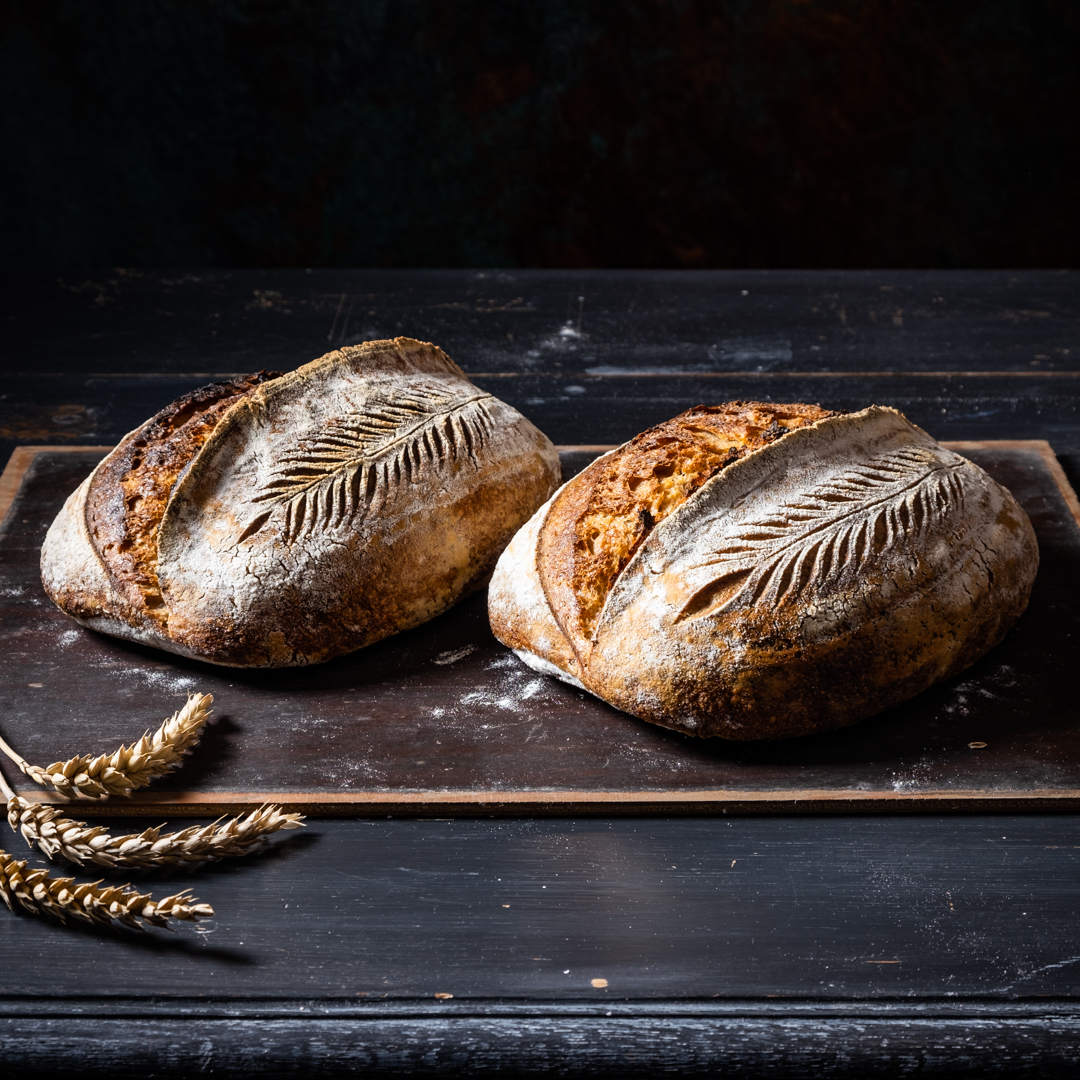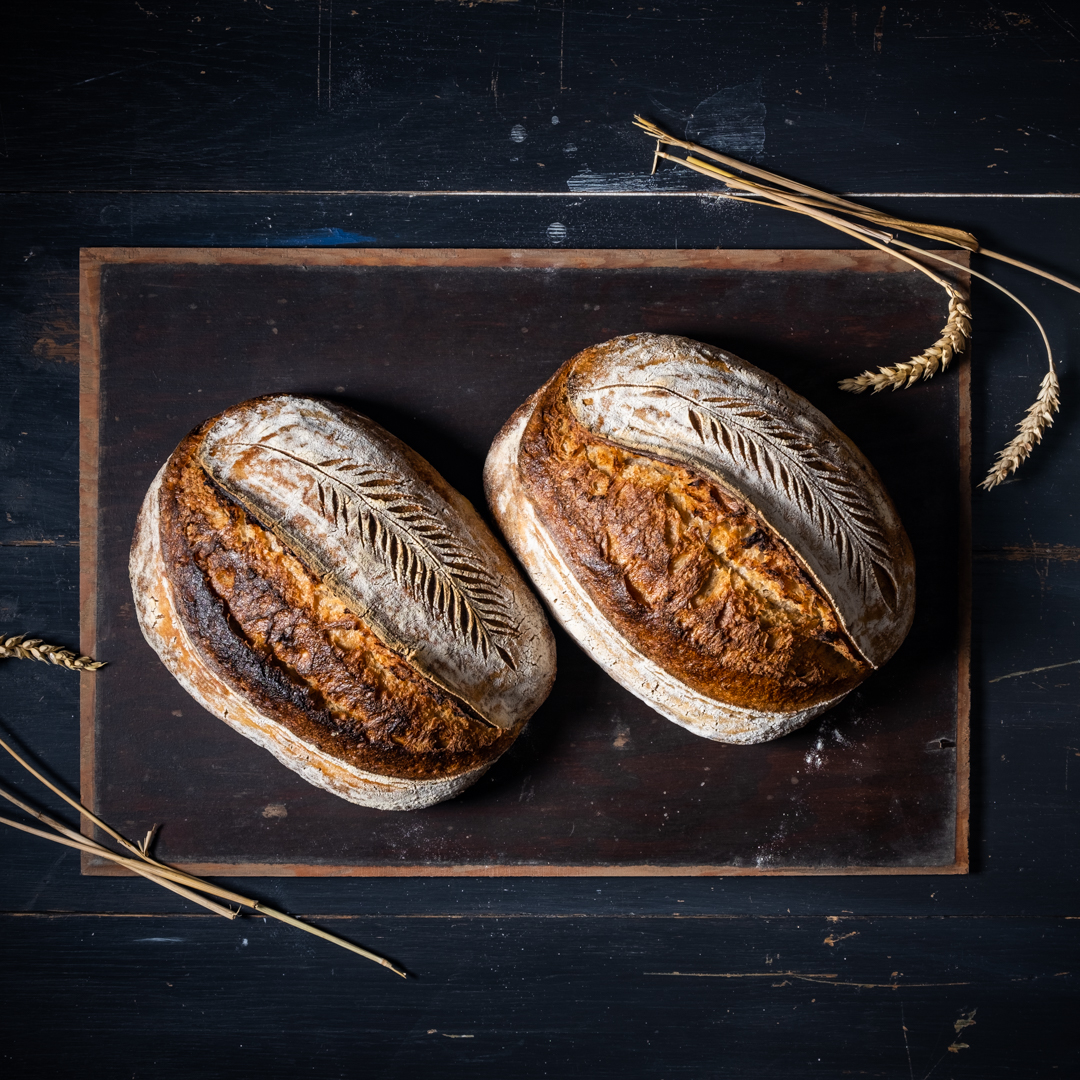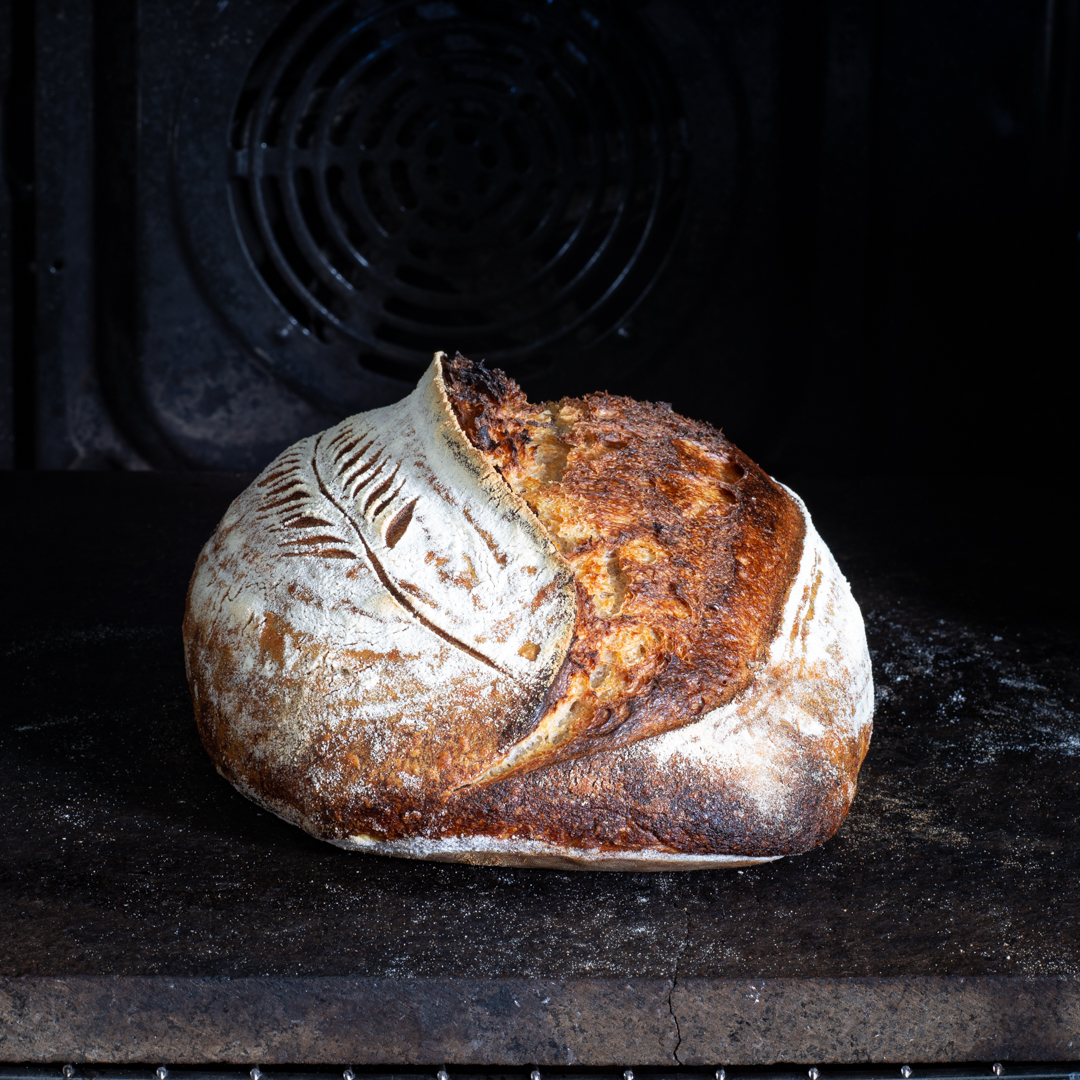
You do not fully understand a type of flour before making a 100% loaf of that flour. I like to combine flours in my bread but to estimate what would be the consequence of each flour addition you need to have a good knowledge of how each flour you use impacts the final bread.
Spelt is a cereal, very close to wheat that has not been affected too much by industrialisation. The spelt grain is covered by a tough and thick hull. This one protects the grain from insects and diseases. Pollutants and pests are also less effective for this cereal. This is an ancient cereal, and we could consider that we are eating almost the same one that our ancestors were eating.
In recent years spelt gained a lot of popularity especially as an alternative to wheat. Keeping in mind the advantages of the hull, spelt is more organic. Spelt contains more proteins but less gluten. It is not only less gluten but its quality is also poor. The balance between glutenins and gliadins of the wheat is for spelt disturbed. It contains more gliadins that make the dough super stretchy and is low in gliadins that makes the dough less elastic. These are the factors that influence how a spelt dough behaves. Comparing to the wheat dough, it is soft, stretchy, sticky and it is difficult to build the structure inside. When the quality of the gluten network is affected, it is a challenge to trap the CO2 bubbles inside. More than this, spelt flour has fewer sugars, so less food for the yeast bacteria to feed. This means that there will be a lower degree of fermentation that will result in smaller gas bubbles.
It might look that there are a lot of disadvantages of using spelt flour instead of wheat but there are good reasons why people prefer spelt over wheat.
The first one is that a lot of people who are gluten or wheat sensitive report that they tolerate much better spelt bread than wheat bread. The explanation might be that the gluten in spelt is different from the one in wheat. It is more water-soluble and it is broken much easier by the body. It is then easier to digest it. Another aspect is that it contains a lower % of phytic acid who is an anti-nutrient because it reduces the absorption of minerals by the body. The minerals seem to be in higher levels in spelt than in wheat.
I read articles and studies swearing on the fact that spelt is the most miracle flour you can get. I've read others saying the contrary, that has nothing more special than wheat. So, as I don't know anymore what to believe in terms of the health benefits of spelt, I want to focus here only on how spelt affects bread making. One thing is sure, spelt flour is different from wheat flour.
Spelt flour is a bit more expensive than wheat mainly because of 2 reasons: the first is that there is a lower crop per area, the second is that it requires a double grinding process (to remove the husk and then to grind the berries).
With the above characteristics, bakers need to adapt their methods to get the best out of the spelt flour.
The first thing to keep in mind is that the fermentation cannot be extended up until the dough doubles in size. The fermentation needs to be stopped at about a 50% increase in volume. Higher than 50% it looks like a trap, the loaf fell onto itself in the oven. I've tested this a few times and always the same result, the bread got flat. You might want to use tricks like baking the bread into a pan and in this case, you can extend maybe to a 55-60% increase.
But I wanted to bake this bread freestanding, to learn its limits. However, each spelt flour is different, so you need to run your own tests with every flour source/brand. Whole spelt flour has other limits of fermentation and hydration.
To conclude, what works for me and my type of flour you also need to test for your case. Take away the basics and find your own "figures"/limits.

Ingredients: (62% hydration)
- 180g spelt sourdough starter (100% hydration)
- 1000g spelt flour (white, organic)
- 585g water
- 20g salt
Method:

The difficult part in making a full spelt bread is to create the necessary dough structure. This is the reason why I performed 1 lamination and 4 coil folds during the bulk fermentation. The extra extensibility and lack of elasticity of the spelt dough need to be overpassed by the baker, with dedicated effort in building the right structure. With each coil fold and the resting time in between, the dough changes its aspect. It goes from almost flat to bumpy. It looks less liquid and more compact.

I like to compare my attempts not only with the time and temperature but also with the volume increase. Even is not super accurate, an aliquot jar gives quite a good comparison of levels of volume increase between 2 different bakes. I did the shaping when the dough in the jar indicated a 50% volume increase. This was for me the sweet spot to not pass in into the overfermentation phase.
When shaping, the dough was sticky so I needed to use more flour. In fact, in extreme cases of stickiness, like this one, I used rice flour to shape and sprinkle on the banneton.
The volume of the loaves is smaller, the crumb less open. This crumb might seem underfermented if the flour would have been wheat. Spelt bread crumb cannot be that open as a wheat bread crumb, so a denser one should be expected.

As for taste, spelt has its particular nutty and slightly sweet flavour that makes it different from wheat.
Congratulations on getting such good results from 100% spelt. I like the comprehensive description of the process and handling of this grain. You certainly got a very good rise and crumb for spelt.
I make 75% spelt as one of my regular bakes and love the taste. I add 4% honey to round out the flavour. Like you, I expect not to get the rise and crumb of my Sourdough loaves but enjoy the difference. I buy spelt berries and stone mill enough flour for a day bake. I may order some white spelt flour and try out a 100% spelt bake.
Cheers,
Gavin
Thank you, Gavin! What I like with other types of flours is that they bring their specific flavours, taste, textures. Whole wheat spelt is better than white spelt in terms of nutrition, so if you're using it, do not change unless you are looking for variation. On the other side, if white spelt was difficult, whole spelt flour is even worse so, combining it with another flour is a good idea.
Denisa.
Beautifully done Denisa, thanks so much for sharing your knowledge of working with spelt. I’ve never tried white spelt but might have to look at getting some in the future.
Benny
White spelt flour is an interesting variation to wheat. I made this bread more for testing purposes but will not be between my daily bakes. Instead, I would add something like 10-20% of spelt in a country bread and this would provide increased extensibility and improved flavour. To recognise the characteristics of spelt, testing it in a 100% spelt loaf is a good lesson.
Thank you so much for your nice comment!
Denisa.